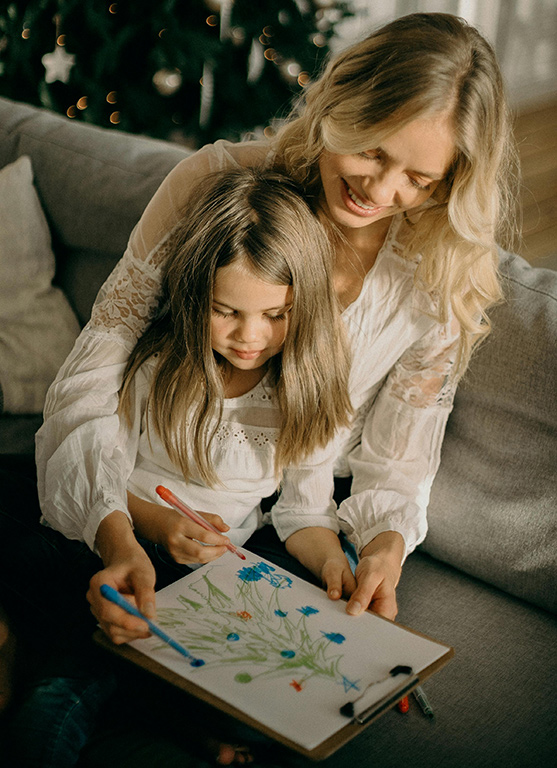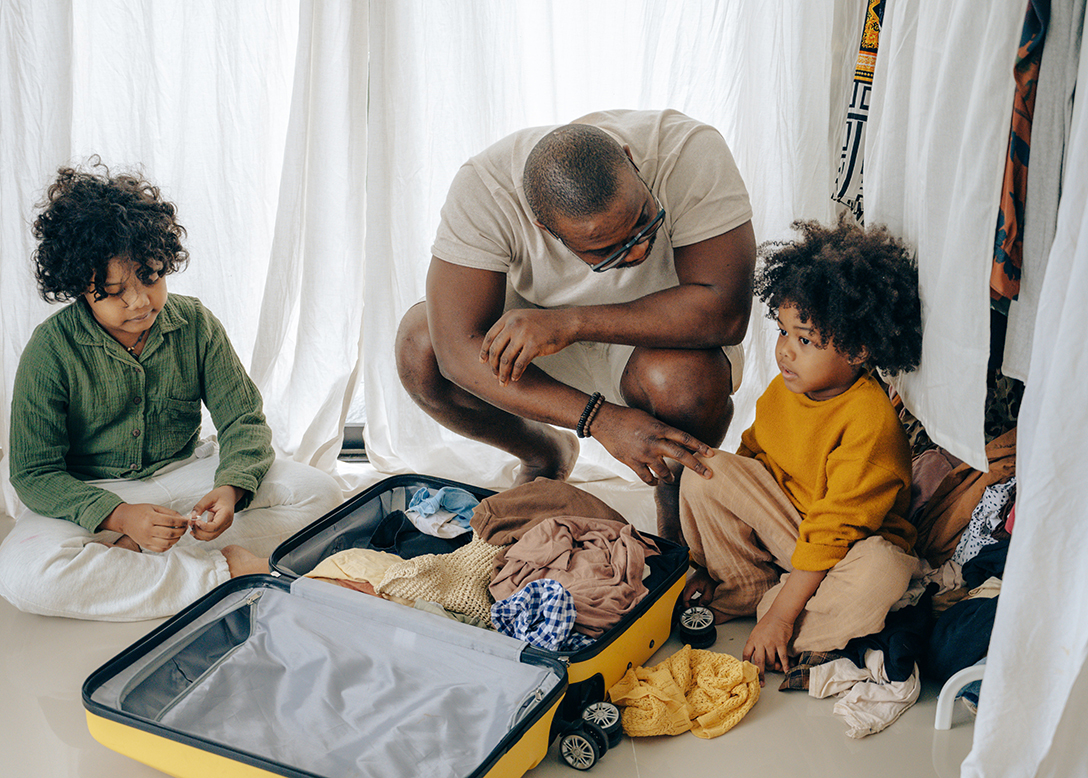by Martha Tyler
 It is imperative to teach children from an early age that they are in charge of their own bodies. This helps not only with development, but can help make them much less likely to be abused. Also, planting the seeds of consent in early years helps teens make smarter, empathetic, and more informed choices during puberty and beyond.
It is imperative to teach children from an early age that they are in charge of their own bodies. This helps not only with development, but can help make them much less likely to be abused. Also, planting the seeds of consent in early years helps teens make smarter, empathetic, and more informed choices during puberty and beyond.
Model respect and bodily autonomy for your child.
Children will do as you do more than they will do as you say. There are lots of ways to model bodily autonomy for your child. From infancy, you can talk to them about how and why you’re touching them (plus, they get the added bonus of hearing more speech and language from an early age). For example: “I’m going to change your diaper now. I’m lying you down on the changing table, etc.”
You can also respectfully tell your children how you wish and do not wish to be touched. Example: “It hurts when you pull my hair. Let’s go find you something you can pull on like a towel” or “My stomach is hurting, so I can’t play tag right now. How about I turn on the hokey-pokey and watch you dance?”
Respect your child’s “No.”
When your child says “no” to their body being touched, respect it. Every time. This is especially true for things like hugs, kisses, tickling, etc. When your child says they do not want a hug, respect that. You can offer other ways of saying goodbye or hello if they are not wanting to hug. This might mean you need to put your child’s need for bodily autonomy over the comfort of others. A family friend or grandparent who wants to hug a child before they are ready might need to be told “[Child’s name] doesn’t want a hug right now. Maybe a wave instead?” It is also good to offer choices to the child from the beginning: “How would you like to say hello/goodbye today? A hug, high five, elbow bump, wave?” You can also get silly and make your own rituals for hellos and goodbyes!
Of course, infants and toddlers do not have the capacity to make all of their decisions. So really try to honor your child’s no unless their safety is on the line. If, for example, at the doctor’s office or in the bathtub, you must touch your child and they say no, explain to them why you are touching them after they’ve said no. You can say something like “The doctor needs to touch you to make sure you’re growing strong and healthy. What questions do you have before we visit the doctor? Let’s practice how the appointment will go so it feels less scary” or “I hear that you don’t want your hair washed right now. I have to wash your hair, but we can tilt your head back to keep the soap from going into your eyes.”
Teach correct names for body parts.
We teach children names for heads, shoulders, knees, and toes, but we often use nicknames or euphemisms for private parts. It’s important to teach children the names vagina, vulva, penis, and testicles so that they can speak about them without shame or confusion. Children are very literal – when we call body parts nicknames like “cookie” a child can become confused and not be able to communicate when something is off about that body part or if someone touched their body in a way that isn’t safe.
Although well intentioned, when we don’t respect a child’s “No” or force them to hug someone they don’t want to hug, the message they take away is “I should put others’ comfort over my own.” This can lead to serious consequences later in life. By respecting a child’s bodily autonomy and teaching them the correct names for their body parts, you’re helping to keep them safe and empowering them to speak up if something is wrong. Teaching bodily autonomy and consent should start in infancy!


